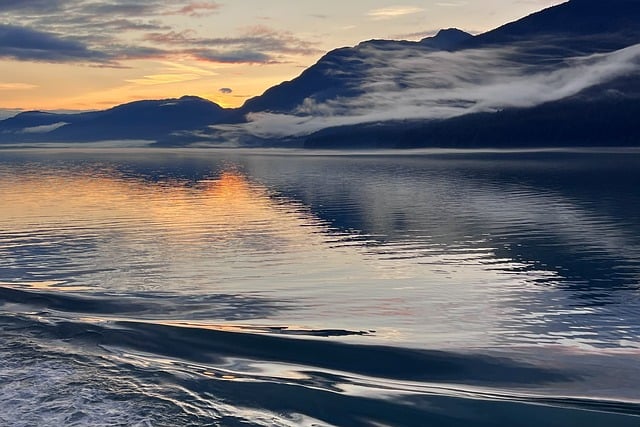Wooden boats, particularly dhows, are cultural treasures reflecting coastal communities' maritime heritage. Popular dhow cruise marinas worldwide showcase their intricate craftsmanship and unique regional designs. These traditional vessels offer serene experiences, attracting locals and visitors alike. Skilled mariners navigate them using ancient art techniques and modern technology. While posing environmental challenges, strict guidelines can ensure sustainable practices in dhow cruise services. A revival of traditional boat building combines heritage with modern aesthetics, appealing to eco-conscious travelers.
Embark on a journey through time as we explore the rich history and enduring charm of traditional wooden boats. From ancient cultural origins to modern revivals, these craft have navigated seas and fostered communities. Discover diverse types, from elegant dhows to robust fishing boats, each designed for specific purposes. Experience the serenity of marina life where these timeless vessels harmonize with nature. Uncover the skills and techniques that have enabled sailors to conquer the waves, and explore conservation efforts ensuring their legacy. Embrace a dhow cruise marina offering a unique blend of tradition and tranquility.
- The Rich History of Wooden Boats: A Cultural Journey
- Types of Traditional Wooden Boats: Designs and Purposes
- Marina Experiences: Dwelling in Harmony with Nature
- Navigating the Seas: Techniques and Skills Involved
- Environmental Impact and Conservation Efforts
- Reviving Tradition: Modern Takes on Wooden Boat Building
The Rich History of Wooden Boats: A Cultural Journey
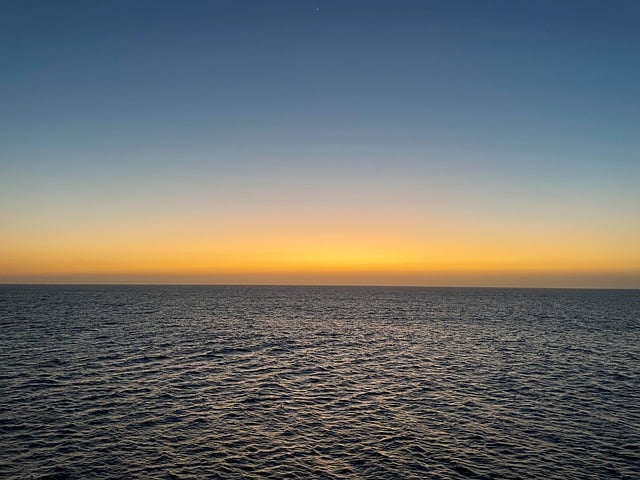
Wooden boats have a rich history that spans centuries, reflecting the cultural evolution of coastal communities worldwide. These vessels, once integral to trade, transportation, and survival, have left an indelible mark on maritime heritage. In many parts of the world, traditional wooden boats like dhows continue to capture hearts and imaginations, with dhow cruises becoming popular in marina offerings.
The craftsmanship involved in building these boats showcases the skill and ingenuity of ancient shipwrights. Each cultural region developed its unique designs, reflecting local conditions, resources, and aesthetics. From the graceful curves of Mediterranean galleons to the robust frames of Nordic longships, wooden boats tell stories of migration, exploration, and interconnection between civilizations. Today, they stand as living testaments to human ingenuity and our enduring relationship with the sea.
Types of Traditional Wooden Boats: Designs and Purposes
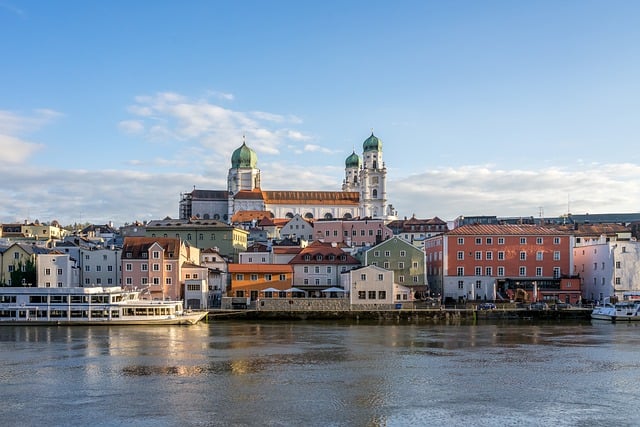
Traditional wooden boats come in a diverse array of designs, each tailored for specific purposes and reflecting the unique cultural heritage of their regions. One notable type is the dhow, known for its distinctive sail configuration and robust construction. Often seen in coastal areas and marinas offering dhow cruises, these vessels are designed for long-distance trading and transportation due to their exceptional sailing abilities and capacity to carry substantial cargo.
Other traditional wooden boats include rowboats, which are lightweight and maneuverable, ideal for navigating shallow rivers and lakes. Fishing boats, with their simple yet effective designs, are built to withstand the challenges of open waters while providing ample space for fishing gear and storage. Each type exemplifies the skill and craftsmanship of its makers, contributing to the rich maritime tapestry found in many scenic marinas around the world.
Marina Experiences: Dwelling in Harmony with Nature
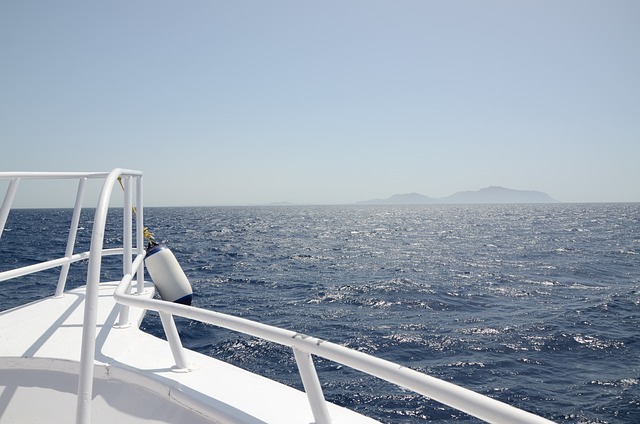
Stepping into a marina, especially one that boasts traditional wooden boats, is like entering a world where water meets land and nature embraces tranquility. Imagine sailing on a classic dhow cruise marina offers, gliding over serene waters while the sun sets behind majestic landscapes. This experience isn’t just about transportation; it’s a journey into harmony with the natural environment.
Marinas that feature traditional wooden boats often double as oases for locals and visitors alike, providing an escape from the hustle and bustle of everyday life. The rustic charm of these vessels contrasts beautifully with the modern amenities found within the marina, creating a unique atmosphere where history meets contemporary leisure. Whether you’re simply relaxing on deck or engaging in a dhow cruise marina offers, every moment is filled with the serenity that only nature can provide.
Navigating the Seas: Techniques and Skills Involved
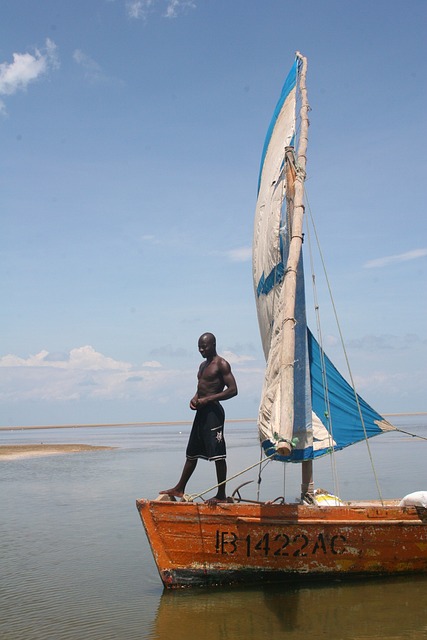
Navigating the vast expanse of seas has long been an art, and traditional wooden boats play a significant role in this ancient practice. Skilled mariners have honed their craft over centuries, mastering techniques that ensure a safe journey across turbulent waters. The art of steering these vessels requires an intimate understanding of the boat’s design, including its balance and buoyancy. For instance, DHow cruises in marinas offer a unique experience where visitors can witness expert sailors expertly navigating these traditional boats, showcasing their agility and stability despite the waves.
The skills involved extend beyond basic navigation. It entails recognizing wind patterns, predicting tides, and interpreting celestial bodies for orientation. Marine navigators also rely on intricate maps and charts, often hand-drawn or meticulously compiled over years, to plot courses and avoid hidden dangers. These traditional methods have evolved alongside technological advancements, but the core skills remain a vital part of maritime culture, ensuring safe voyages and preserving a rich maritime heritage.
Environmental Impact and Conservation Efforts

The traditional wooden boat, such as the iconic dhows that grace many coastal marinas, has a significant environmental impact, both positive and negative. These vessels, crafted with skill from local woods, contribute to the preservation of diverse ecosystems. The construction and maintenance of wooden boats often promote sustainable practices, ensuring the responsible use of marine resources. However, the growing popularity of dhow cruises in marina settings presents challenges. Increased traffic in coastal areas can lead to water pollution, habitat disruption, and noise disturbances, impacting marine life and the overall health of the ecosystem.
Conservation efforts are crucial to mitigating these issues. Marinas that cater to dhow cruises should implement strict environmental guidelines. This includes promoting eco-friendly practices among boat owners, such as proper waste management, using cleaner fuels, and adhering to speed limits to reduce water disturbance. By fostering a culture of sustainability within the marina community, it becomes possible to enjoy the beauty of traditional wooden boats while preserving the delicate balance of marine environments for future generations, ensuring these iconic vessels continue to sail proudly in harmony with nature.
Reviving Tradition: Modern Takes on Wooden Boat Building
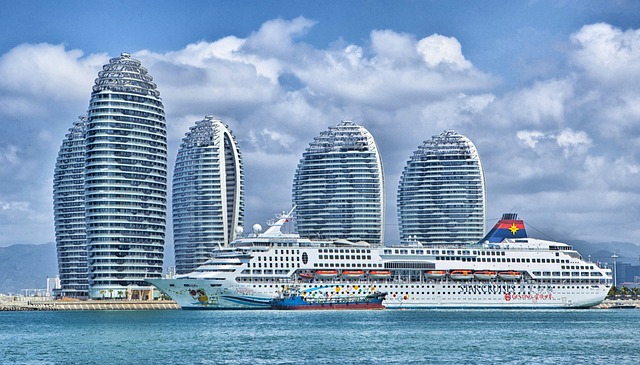
In recent years, there’s been a surge in interest to revive traditional wooden boat building techniques. This resurgence is evident in many coastal regions where craftspeople are taking inspiration from ancient designs to create stunning vessels that blend heritage with modern aesthetics. The revival not only preserves cultural history but also caters to the growing demand for unique and sustainable transportation options.
Many marina’s, especially those offering dhow cruise experiences, are at the forefront of this movement. They’re commissioning skilled artisans to construct wooden boats that pay homage to traditional crafts while incorporating contemporary innovations for safety and efficiency. This blend of old and new ensures that classic boat-building heritage continues to thrive, appealing to both locals and tourists seeking authentic, eco-friendly ways to explore coastal beauty.
Traditional wooden boats, with their rich history and diverse designs, continue to captivate enthusiasts and environmentalists alike. From ancient dhow cruises that traverse seas for trade and travel to modern interpretations in marina offerings, these vessels represent a harmonious blend of cultural heritage and sustainable boating practices. As we navigate the future, conservation efforts and innovative builds ensure that the art of wooden boat craftsmanship endures, allowing us to experience nature’s beauty while preserving our marine landscapes.
